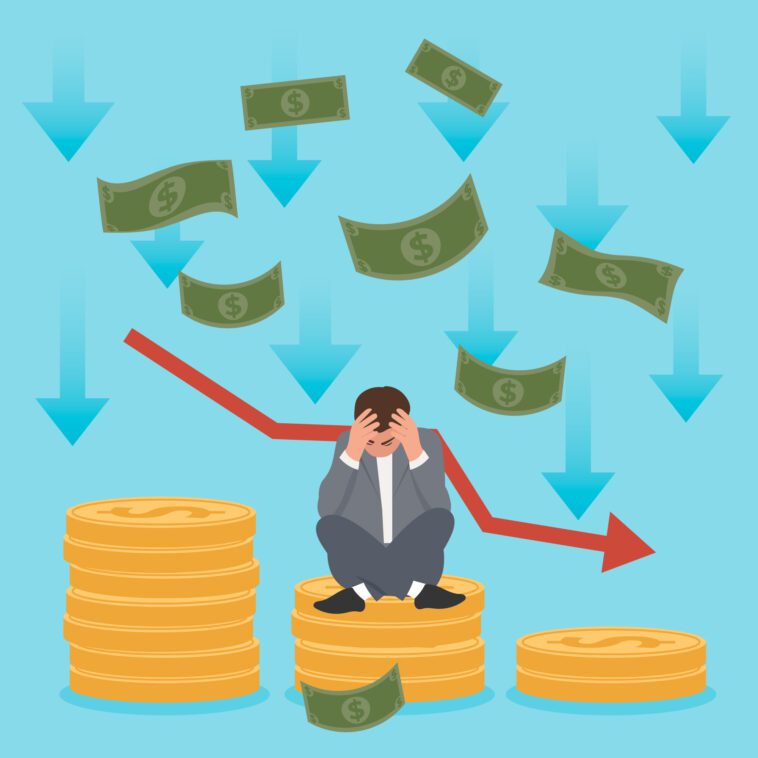For many, the term ‘inflation’ brings images of skyrocketing prices, dwindling savings, and a vague sense of economic unease. Yet, despite its reputation, inflation is a natural, even essential, component of a growing economy. The key lies in understanding its nuances, impacts, and how to navigate its currents. Join us as we dive deep into the enigma of inflation, demystifying its complexities and exploring its multifaceted impact on our financial lives.
Breaking Down the Basics: What is Inflation?
At its core, inflation represents the rising cost of goods and services in an economy over a period. It diminishes purchasing power, meaning a dollar tomorrow might not buy you what it could today. While slight inflation is expected and even beneficial, runaway inflation can erode savings and destabilize economies.
The Undercurrents: What Causes Inflation?
Like many economic phenomena, inflation isn’t driven by a single factor. Instead, it’s the result of various interconnected elements:
- Demand-pull inflation: This occurs when demand for goods and services exceeds their supply. With more money chasing fewer products, prices rise.
- Cost-push inflation: When the costs to produce goods or services increase (due to higher wages or material costs), businesses often pass those costs onto consumers, leading to higher prices.
- Built-in inflation: Also known as wage-price inflation, this happens when workers demand higher wages, and businesses compensate by raising their prices.
Measuring the Tides: Inflation Indicators
The most common metric for gauging inflation is the Consumer Price Index (CPI). The CPI examines the average price change over time of a basket of goods and services. If the CPI rises by 2% over a year, it’s said the inflation rate is 2%.
The Dual-Edged Sword: The Impacts of Inflation
Inflation is not inherently bad. In moderate amounts, it can indicate a growing economy. However, when unchecked, it can have varied effects:
- Reduced Purchasing Power: As prices rise, the value of money decreases, affecting the average consumer’s buying capabilities.
- Uncertainty: High inflation rates can lead to uncertainty in the market, potentially discouraging investments.
- Income Redistribution: Inflation can impact different groups unequally, potentially benefiting borrowers at the expense of lenders.
- Interest Rates: Central banks might hike interest rates to combat high inflation, which can make borrowing more expensive.
Bracing Against the Current: How to Protect Your Finances
While no one can fully escape the effects of inflation, certain strategies can help safeguard your finances:
- Investments: Historically, investments like stocks have provided returns that outpace inflation, making them a viable safeguard.
- Real Assets: Tangible assets, like real estate or commodities, can act as a hedge against inflation.
- Diversify: Spreading your assets across various investment vehicles can provide a buffer against inflation-induced volatility.
- Fixed Income: Some fixed-income securities, like Treasury Inflation-Protected Securities (TIPS), are designed to counteract inflation’s effects.
Global Perspectives: Hyperinflation
While moderate inflation is common, some countries have experienced hyperinflation – a rapid, out-of-control rise in prices. Notable examples include post-WWI Germany, Zimbabwe in the late 2000s, and Venezuela in recent years. Hyperinflation can devastate economies, wipe out savings, and lead to political and social upheaval.
Conclusion
Though often viewed as a menacing economic specter, inflation, when understood and approached with strategic foresight, becomes less intimidating. By comprehending its causes, measuring its impact, and implementing protective financial strategies, one can not only navigate the waters of inflation but also harness them for growth. In the world of finance, knowledge remains the best defense against the silent thief known as inflation.


